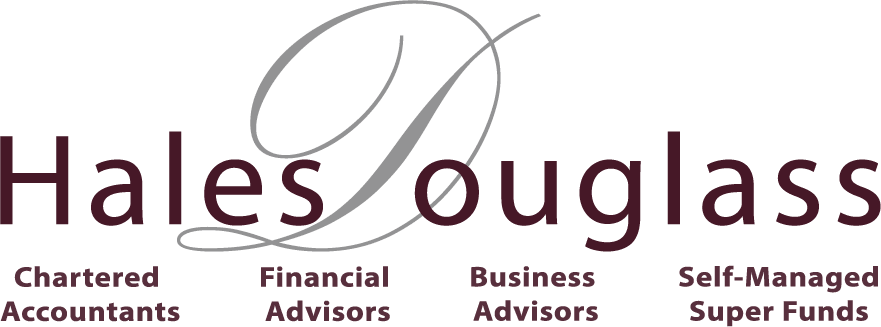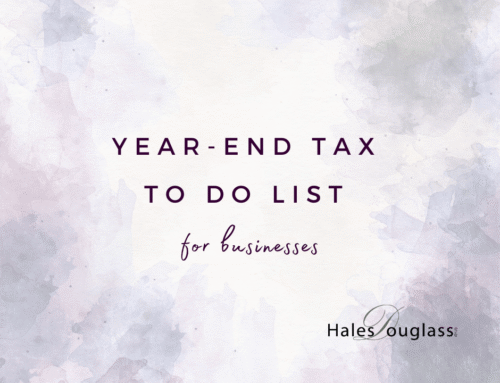Our previous blog outlined how low and middle-income Australians have a growing need for quality financial advice. However, current compliance obligations are complex, bureaucratic and unprecedented cost-drivers for financial advisers and consumers. And higher-income Australians that can afford Financial Advice are forced to pay increasingly more due to over-regulation. Our guest author, Alex Burke, outlines Annick Donat’s prediction that more Australians will be seeking financial advice, albeit in an over-regulated industry.
By guest author, Alex Burke,
Senior Writer, No More Practice Education
Clime Investment Management CEO Annick Donat predicted that an increasing number of Australians would be looking for financial advice in the coming years.
While that certainly came to pass, neither she nor anyone else could have predicted one of the main reasons why. COVID-19 threw into stark relief the true extent of many Australians’ financial precarity, which prompted around 2.6 million people who’d never seen a financial adviser to start looking for one (per Investment Trends research).
At the same time demand for advice has been increasing, though, the industry has been shrinking in response to a wave of reforms instigated primarily by the Royal Commission. Whether due to stress, rising costs or the mounting pressure to keep pace with the new (and changing) sets of obligations introduced each year, thousands of advisers have elected to leave the industry right when public interest in their services is higher than it has been in quite some time.
The true cost of advice
This hasn’t been lost on the policymakers, regulatory bodies and industry associations who have all contributed ideas and undertaken reviews with the aim of improving the conditions of the advice sector and increasing the affordability and availability of advice to the general population.
The most recent example of this was the proposal to, among other things, scrap the Statement Of Advice (SOA) and replace it with a simplified Letter of Advice. This would, in theory, cut down on the time and cost involved in servicing each client, which would in turn reduce the cost a client pays for advice.
According to Annick, though, too many of these “big ideas” being put forward amount to nickel-and-diming the advice process and fiddling around the margins of the real problem.
“Look at it this way,” she says. “We’ve just finished renovating our house. Because it’s important to us and we want things to look a certain way, we want the person who’s doing it to be able to do it properly. And at the end of the day, it costs what we’re prepared to pay to get what we need.”
Advice, she says, is no different in this regard. An adviser could have “more degrees than he knows what to do with and put his heart and soul into everything he does,” and it’s very difficult to put a price tag on his services.
She continues: “Are you going to tell him his advice is worth $3,000? $5,000? Just bulk bill it? The reality is that that advice is going to cost what a client is prepared to pay based on their needs. The real question is how we make it easy for a client to get quality advice from a professional.”
No qualification for trust
Annick uses the term “professional” differently to how it might be defined by, say, Financial Advisor Standards & Ethics Authority, because in her view, “Advisers are professionals irrespective of degrees and exams. There’s no qualification for trust. There’s no qualification that prepares you for when a client comes to you in tears and says, ‘You’re my last hope.'”
Because of this, she thinks any changes to the SOA are a partial solution at best.
“Rather than thinking the answer is a shorter SOA,” she says, “which is ultimately a document that houses the Intellectual Property of the professional you got the advice from, we need to go back to basics. The SOA is archaic because the process is archaic.”
This is why she’s optimistic about the ongoing Australian Law Reform Commission review into the legislative framework around financial services regulation. “They’re going back to the basics,” she says. “They’re going back to the letter of the law. They’re reviewing Chapter 7 and looking at the underlying process. That’s what we need.”
This “back to basics” mindset – which involves looking at what an adviser actually does for a client – is also why she’s critical of how the Design & Distribution Obligation regime has been rolled out. She believes it’s another example of focusing on product rather than designing regulations around the services advisers provide.
“Instead of this merry-go-round of changes,” she says, “we need to reframe the problem statement. I can tell you that when a client talks positively about their adviser, they say things like, ‘Thanks for helping me understand my situation.’ Or, ‘Thanks for getting me through a difficult time.’ They’re not saying, ‘Thanks for the product recommendation.’”
“That’s not what clients focus on, so why is it what we’re focusing on? I was listening to the radio the other day and there was an ad for a B2C financial product. At the end, they said, ‘Please be sure to read the prospectus and check the Target Market Determination (TMD).’ How many consumers even know what a TMD is? Who is the TMD for? It’s a singular determination, and it doesn’t tell the adviser anything about their individual client.”
Product isn’t advice
So many well-intentioned reforms, Annick says, have inadvertently “widened the gap between the adviser and the client” because they focus on aspects of the advice process clients either don’t understand or have no interest in.
Worse still, she thinks the focus on individual product recommendations – especially in light of the proposed framework for the Compensation Scheme of Last Resort, which includes advisers but not the manufacturers of the products they recommend – puts the adviser on the hook for uncertainties they have no control over.
“Most of the value for a client comes out of asset allocation,” she says, “but we’re asking advisers to pick individual winners and losers in the market. History shows we can’t control the market. Markets are made up of companies that are made up of people. And people make mistakes. Look at COVID: how many people walked away from businesses after decades because those businesses weren’t compatible with a global pandemic?
“Are we really asking advisers to be able to predict what no one else can? Why are we not designing laws around the value an adviser actually provides? We’ve ripped the heart and soul out of the industry. Where’s the compassion?”
Annick believes that any upcoming review of the advice sector, or the legislative framework that informs regulation of it, needs to answer these questions. “You need to talk to advisers and their clients,” she says. “Talk to the un-advised, too. What are their concerns? What do they want from advice? Have conversations at the coalface. We talk about professionalisation but so much of the conversation has nothing to do with the professional services advisers offer. I’m all for strong regulation – I’m a big believer in it – but let’s make sure the consumer, the advice customer, is actually benefiting from it.”
She thinks it’s critical these questions be answered soon, especially given the increased demand mentioned above.
“COVID has shown us people need advice. So many people switched between options in their super at the bottom of the market, which is the antithesis of how you invest. Who’s going to help those people make better decisions in the future?
“What happens when there’s another crisis and there are 20 million people trying to make financial decisions and there are no more advisers left to blame? What will we do then?”
If you have any questions relating to this article, please email or call Adam Passwell, on (02) 4455 5333.






